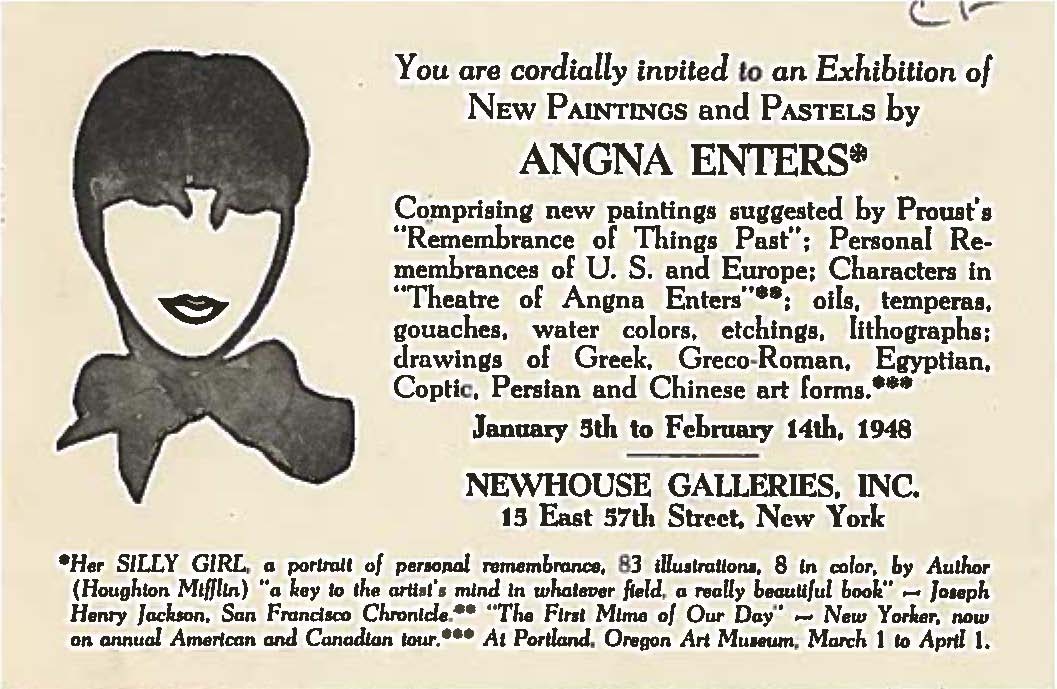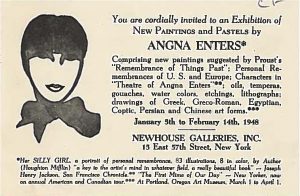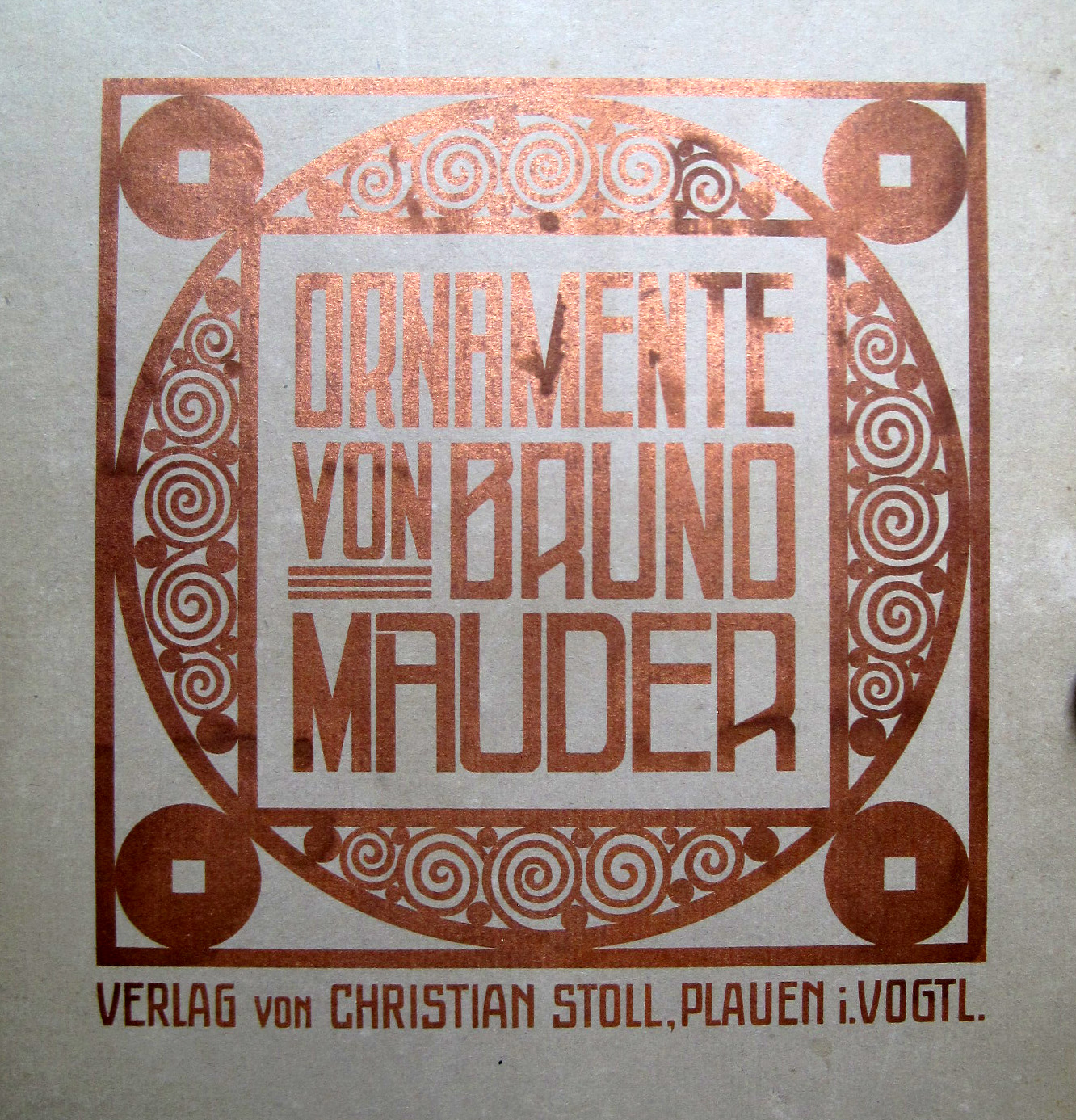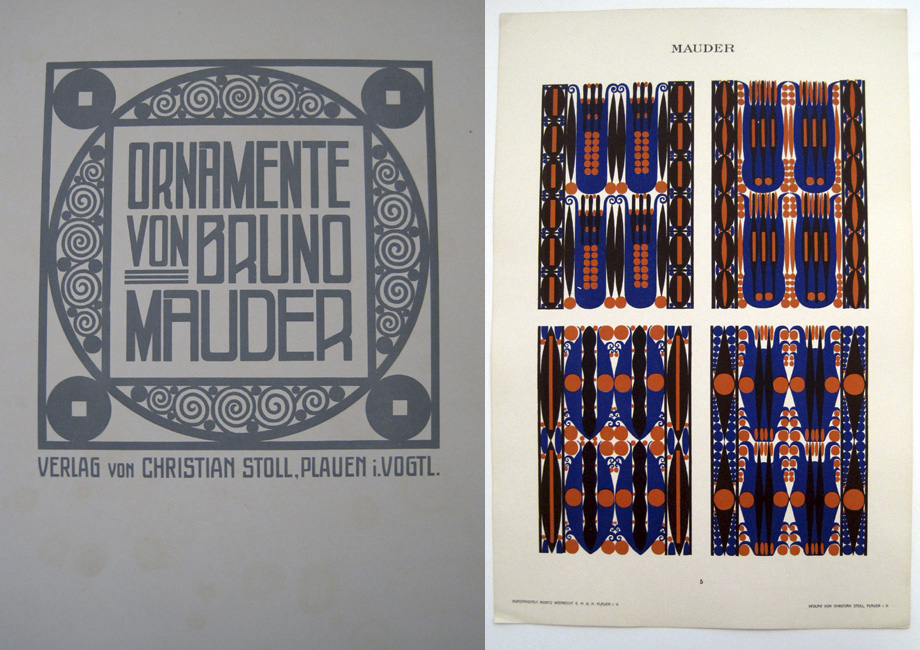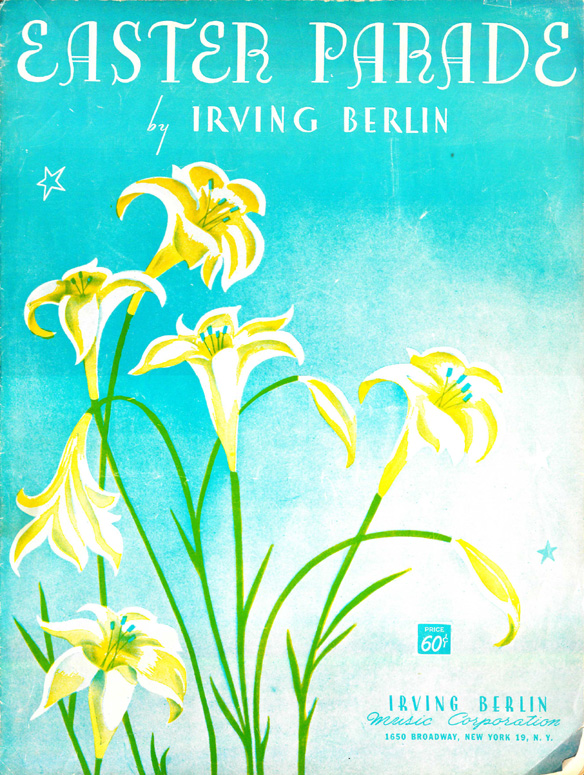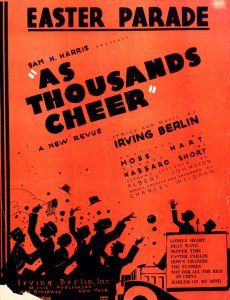Written by Jessica Masinter. She is a summer intern in the Cooper Hewitt Library and a literary studies major at Middlebury College.

In the seventeenth and eighteenth centuries, Indian textiles were the height of quality. Their exotic patterns, brilliant colors and dye fastness drove customer appeal among the English bourgeoisie to the point where India was considered by some to be the industrial workshop of the world. British textile manufacturers desperately tried to produce fabrics and patterns that imitated Indian textiles, attempting to ‘cash in’ on the in-demand designs. To do so, however, the British manufacturers required an in-depth knowledge of Indian textiles—and J. Forbes Watson was just the man to help.

